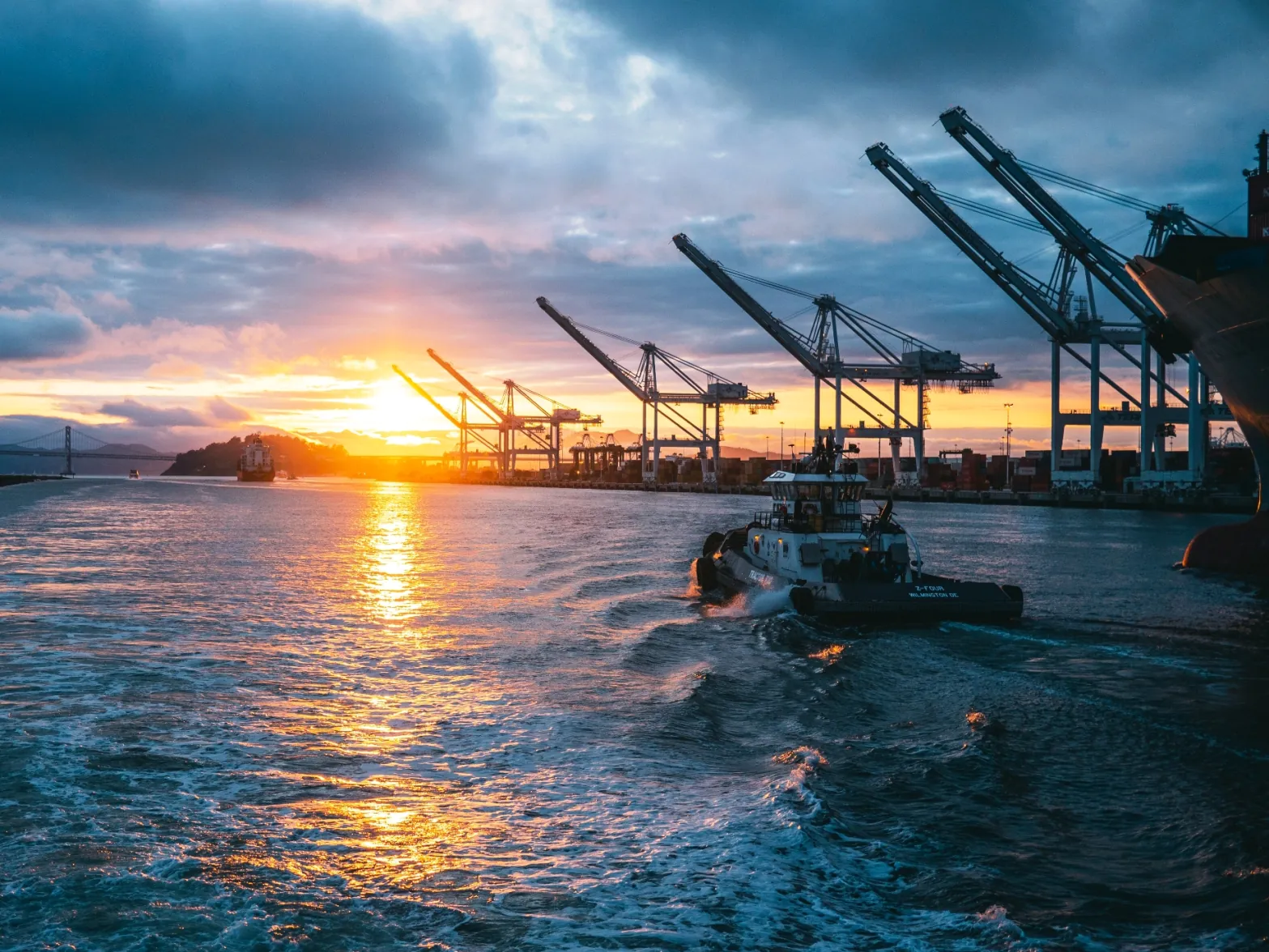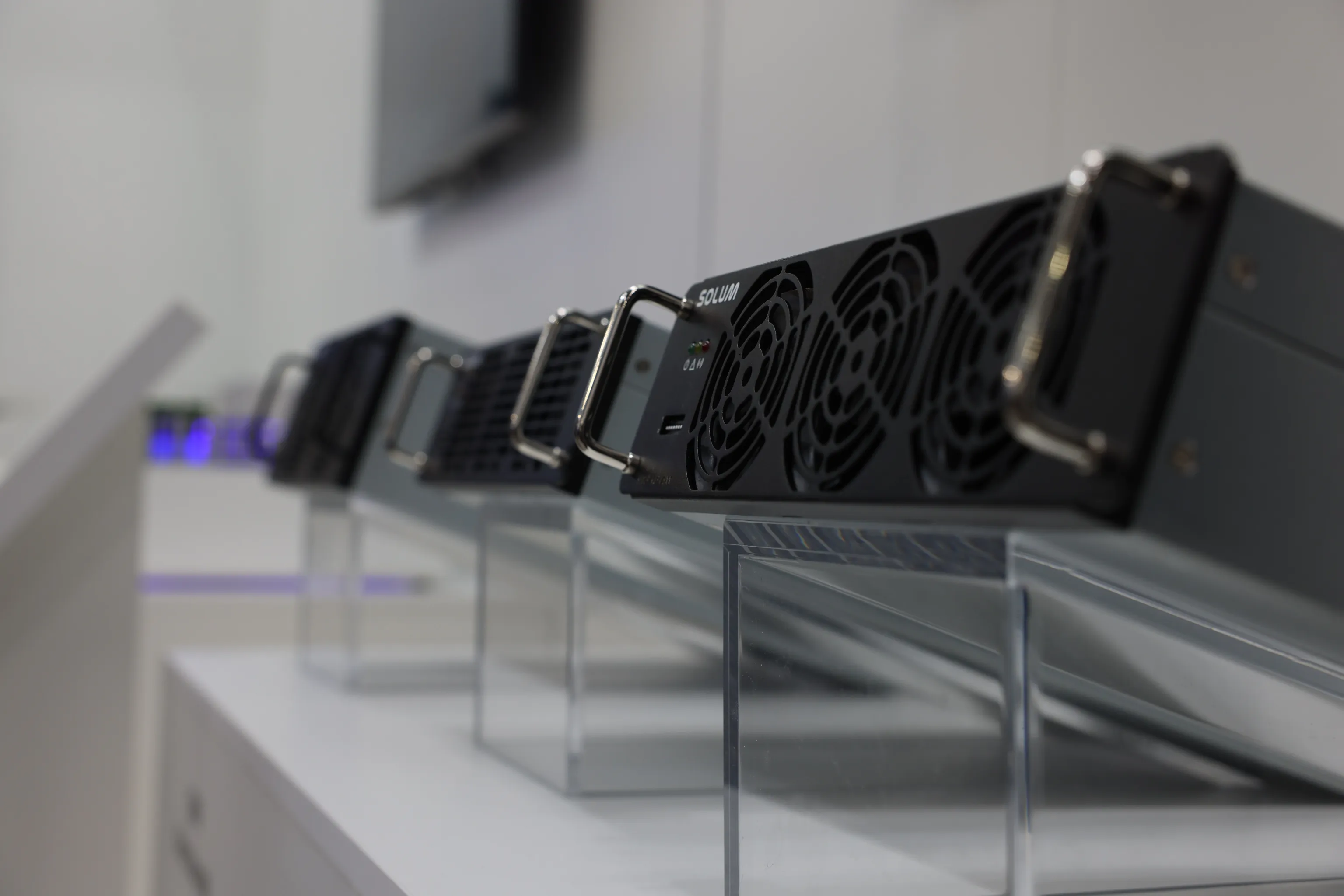How to Prevent Oil Rig Accidents with Industrial Trackers
Oil rig workers are one of the most dangerous professions in the world. Working in offshore locations, drilling, and collecting natural resources require serious skill and expertise. Unfortunately, this means accidents are common and workplace conditions can easily become hazardous. This means this kind of work also requires the utmost security measures to prevent oil rig accidents. Oil and gas asset tracking, such as the SOLUM Industrial Tracker, is necessary to safeguard workers and oil rig operations.
Most common offshore oil rig accidents
According to the Bureau of Safety and Environmental Enforcement (BSEE), there have already been thousands of offshore incidents recorded from 2019 until 2021 in the United States. This includes 288 fires, nine explosions, 137 gas releases, 20 collisions, 702 lifting accidents, 546 injuries, and 14 fatalities. This is only a portion of the recent offshore incidents in one country. But these numbers already show how high-risk a profession and environment oil rig work is.
Whether it be oil and gas companies cutting corners, electrical faults, structural failures, extreme weather conditions, or perhaps simply human error, all of these can lead to accidents and life-threatening incidents. Here are some of the most common offshore oil rig accidents:
Slip and fall injuries
Slippery surfaces, uneven walkways, and working at heights on the rig can contribute to falls and slips, resulting in injuries to workers. In some incidents, it has also led to missing workers and fatalities.
According to the 2021 safety report from the International Association of Oil and Gas Producers, slip-and-fall accidents or trips at the same height make up 20% (114 out of the 580 total) of rig injuries recorded for that year.
Explosion and fire injuries
Fires and explosions can result from various factors, including equipment malfunctions, electrical faults, or the ignition of flammable gases. These incidents can cause significant damage to the rig and pose serious risks to personnel.
A blowout is also one of the most common causes of fires on oil rigs. This occurs when there is an uncontrolled release of oil or gas from the wellbore, leading to a catastrophic explosion and fire. The Deepwater Horizon incident in April 2010 in the Gulf of Mexico is a well-known example of a blowout.
Chemical exposure or inhalation
Offshore drilling, of course, involves the use of various chemicals and extraction substances. Unfortunately, this means accidental exposure to toxic substances is common in oil rig accidents. These can lead to health problems for offshore workers. The Bureau of Safety and Environmental Enforcement (BSEE) recorded 44 gas releases within the year 2021, which endangers not only the workers but the environment as well.
Collisions
Collisions between ships or vessels and oil rigs at sea are also some of the most common oil rig accidents. There are a number of prominent oil rig accidents due to collisions, including the Mumbai High North Incident, the Usumacinta Jack-Up disaster, and the collision of the supply vessel MV Celeste Ann. These led to big fires, sunken ships and rigs, and fatalities. Collisions can happen due to extreme weather conditions, mechanical failures, safety failures, and more.
Limb accidents
Limb accidents such as crush injuries, lost limbs or amputations, lacerations, and more can occur due to a number of reasons. This includes getting caught or pinned by heavy machinery and equipment, struck by falling objects, or falling from heights. In fact, according to EHS Today, hand and finger injuries make up nearly 50% of incidents in the oil and gas industry. Meanwhile, at some offshore locations, that number is closer to 80% of all incidents recorded.
What preventative measures are needed for offshore oil rigs?
Preventative measures are crucial for offshore oil rigs to minimize the risk of accidents, protect the environment, and ensure the safety of workers. These measures should encompass various aspects of rig design, maintenance, personnel training, and safety protocols.
Here are some key preventative measures needed for offshore oil rigs:
- Oil and Gas Asset Tracking: Real-time location tracking capability for assets and workers can help strengthen safety and security. Rig personnel can get instant alerts or warnings, allowing them to quickly respond to emergencies.
- Safety Training: Rig personnel should undergo comprehensive safety training, including emergency procedures, hazard recognition, and proper use of safety equipment. Regular drills and exercises help ensure that workers are prepared for emergencies.
- Equipment Inspection and Maintenance: Regular inspection and maintenance of all equipment, including drilling machinery, cranes, safety systems, and structural components, are essential to identify and address potential issues before they lead to accidents.
- Safety Equipment: Rig personnel should have access to appropriate safety equipment. This includes personal protective gear, firefighting equipment, lifeboats, and emergency evacuation systems. This equipment should be regularly inspected and maintained.
- Well Control: Rig operators must have effective well control measures in place to prevent blowouts and uncontrolled releases of oil or gas. This includes the use of blowout preventers and constant monitoring of drilling parameters.
- Emergency Response Plans: Rig operators should have well-defined emergency response plans that include procedures for evacuations, fire control, medical emergencies, and environmental protection. These plans should be regularly reviewed and updated.
- Weather Monitoring: Offshore rigs are vulnerable to adverse weather conditions. Continuous monitoring of weather forecasts allows for early preparation and, if necessary, evacuation of personnel to a safe location.
- Environmental Protections: Rig operators must have measures in place to prevent and respond to oil spills, including containment and cleanup equipment. Environmental impact assessments should be conducted before drilling operations begin.
- Safety Culture: Fostering a safety-first culture among all rig personnel is critical. This includes promoting open communication about safety concerns, reporting near misses, and encouraging a proactive approach to safety.
- Regulatory Compliance: Compliance with local and international regulations and industry standards is essential. Rig operators should stay updated on regulatory changes and adhere to best practices.
- Fatigue Management: Rig workers often work long hours and irregular shifts. Implementing fatigue management programs can help reduce the risk of accidents caused by tired or overworked personnel.
- Training and Drills: Regular safety drills and training exercises should simulate emergency situations to ensure that all personnel know how to respond effectively.
Documentation and Record-Keeping: Maintaining accurate records of safety inspections, maintenance activities, and incidents can help identify trends and areas for improvement. - Risk Assessments: Rig operators should conduct comprehensive risk assessments to identify potential hazards and implement appropriate controls to mitigate those risks.
- Communication: Effective and open communication between all personnel on the rig, including contractors and subcontractors, is crucial for the safety of everyone. Clear communication channels and protocols should be established.
How oil and gas asset tracking can increase safety
Oil and gas asset tracking is one of the most consequential preventative measures for offshore oil rigs. Using modern technology and tracking systems can increase safety in the oil and gas industry by providing real-time visibility and control over critical equipment, infrastructure, and personnel.
Here are the significant ways that oil and gas asset tracking can increase safety on offshore oil rigs:
Real-time location tracking and visibility
Asset tracking systems can monitor the location of rig workers and equipment, enabling rapid response in case of emergencies or incidents. This information ensures that everyone is accounted for and can be evacuated or assisted as needed.
A good example of an oil and gas asset tracking solution is the SOLUM Industrial Tracker. This tracker was developed for industrial settings and provides real-time and accurate location tracking of workers, assets, and equipment across warehouses, factories, manufacturing plants, and construction sites. It also gives reliable visibility on offshore rigs.
Enhanced workplace and worker safety
Implementing an asset-tracking solution is a critical step in enhancing safety, both in the workplace and for the workers themselves. Offshore oil rigs and similar platforms rank among the most dangerous work environments, which necessitates an unwavering commitment to safety. These tracking systems act as an additional layer of defense and proactive security measures, significantly enhancing protection against potential oil rig accidents and related hazards.
Better workforce productivity
Asset tracking not only enhances workplace safety but also boosts productivity on oil rigs and offshore sites. When workers are aware of the presence of a tracking system ensuring workplace safety and efficiency, they can work with confidence and precision. Furthermore, tracking systems, like the SOLUM Industrial Tracker, are capable of monitoring equipment location and status, which contributes to minimizing downtime and maintenance requirements. This ultimately results in improved overall performance.
Equipment monitoring and maintenance scheduling
Tracking and monitoring equipment and tools ensures that they are in the right location and properly functioning. This helps reduce the risk of accidents caused by missing or poorly maintained equipment.
Asset tracking can also help in scheduling preventative maintenance for critical equipment based on usage and condition data. This proactive approach reduces the risk of equipment failures that could lead to fatal oil rig accidents or unnecessary downtime.
Reduced harmful impact on the environment
Asset tracking can help detect any leaks by monitoring pipelines, valves, and storage tanks. This allows for early detection and mitigation to prevent oil spills and environmental damage.
Oil and gas asset tracking also helps improve environmental compliance. Tracking systems can ensure that companies stay compliant with environmental regulations by monitoring emissions, waste disposal, and adherence to safety measures.
Better access control and surveillance
Asset tracking can include access control features to prevent unauthorized personnel from entering restricted areas. This helps enhance rig security and safety, ensuring that only approved and necessary personnel can visit restricted areas and perform their tasks.
Some surveillance cameras can also be integrated into the tracking system to monitor and respond to security threats or unauthorized activities that could compromise safety.
Better emergency response
Some asset tracking systems will have location-based alerts. They can trigger location-based notifications in case of emergencies, enabling swift responses and effective evacuation procedures.
They also improve resource allocation as real-time asset location data assists in allocating resources efficiently during emergencies or urgent matters, ensuring that personnel and equipment are deployed where they are most needed.
Data analytics and predictive maintenance
Oil and gas asset tracking systems can also provide the necessary insights and analytics that will ensure maximum performance. Some can generate safety insights and data that can be analyzed to identify areas for improvement, which facilitates proactive safety measures. Meanwhile, predictive maintenance can forecast equipment failures or safety hazards. This is good as it allows for timely maintenance and risk mitigation.
Improved communication and collaboration
A good asset-tracking solution improves communication among rig teams and with central control centers. This enables coordinated responses during safety incidents. Real-time asset data aids in coordinating resources such as lifeboats and evacuation routes during emergencies.
Remote tracking and monitoring
Full remote access and tracking can also be expected from some oil and gas asset tracking. For example, the SOLUM Industrial Tracker uses a cloud Worker Tracker System (WTS) platform for a total location personnel tracking solution. This allows workers to reduce their exposure to hazardous environments and have better visibility even when they’re in remote areas. With remote access, rig teams are safe and proactive.
Why use SOLUM Industrial Tracker for oil and gas asset tracking
The SOLUM Industrial Tracker is a modern and smarter asset-tracking solution for oil and gas industries. Specifically built for industrial environments, the SOLUM Industrial Tracker uses LoRa network technology to provide real-time and accurate location tracking of workers, assets, and equipment. In offshore oil rig locations, this tracker can be attached to the workers’ helmets or hard hats, as well as various equipment and devices.
SOLUM Industrial Tracker is equipped with LoRa connectivity (for fast data transfer, large bandwidth, and long-distance communication), a multi-GNSS motion sensor (for increased location accuracy), a GPS tracker, and deployable cloud software. All of these features mean that oil rig operations can use the SOLUM Industrial Tracker to:
- Track the location of each worker on-site
- Track and monitor the status of each piece of machinery or rig equipment
- Optimize workflow and improve operational safety
- Know when workers come too close to dangerous equipment, danger zones, and blindspots
- Send alerts to managers and authorized personnel
- Take advantage of geofencing capabilities
- Get automatic safety incident alerts
- Collect time and attendance of workers in real-time
- Have a central dashboard for remote access and control
- Oil rig workers are always at risk, but industrial trackers can help prevent oil rig accidents and keep the workforce safe.
Talk to SOLUM Group experts today to learn more about our solutions and how you can have a total worker and asset-tracking solution at your fingertips.











